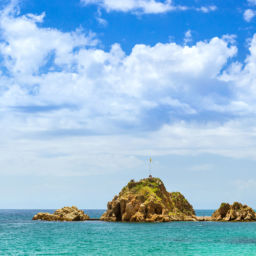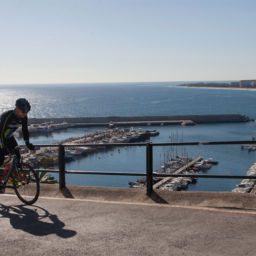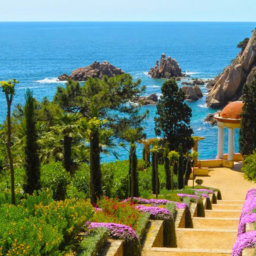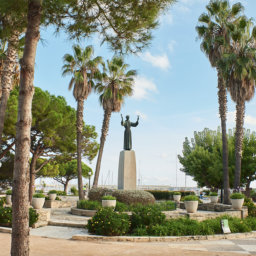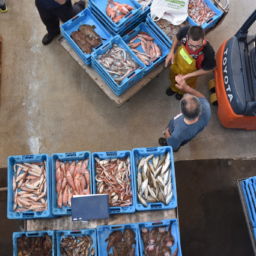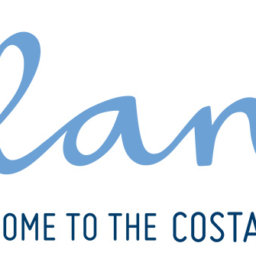For a few years, several beaches in Catalonia have experienced the endearing visit of sea turtles looking for a good place to lay their eggs. The sympathy that these animals awaken us, is not always accompanied by the respect and care they deserve, sometimes, perhaps unintentionally, we have hindered their life process and some turtles have been left unable to reproduce.
In Blanes we have received information from sea turtle experts from the University of Vic, who have taught us, involving all the staff who work on the beaches (lifeguards, cleaning workers, police officers, civic officers, etc.), how to detect and protect sea turtles and their young.
This great interest is the result of a growing concern about the threat posed to the loggerhead species, the sea turtle with the most presence on our coasts. In fact, the loggerhead turtle is listed as vulnerable by the International Union for Conservation of Nature (IUCN).
Although the loggerhead turtle usually laid its eggs on the eastern Mediterranean coast (Cyprus, Greece, Turkey, etc.), factors such as global warming have caused the nesting movement to the western Mediterranean coast, and for this reason, the we find today among our beaches.
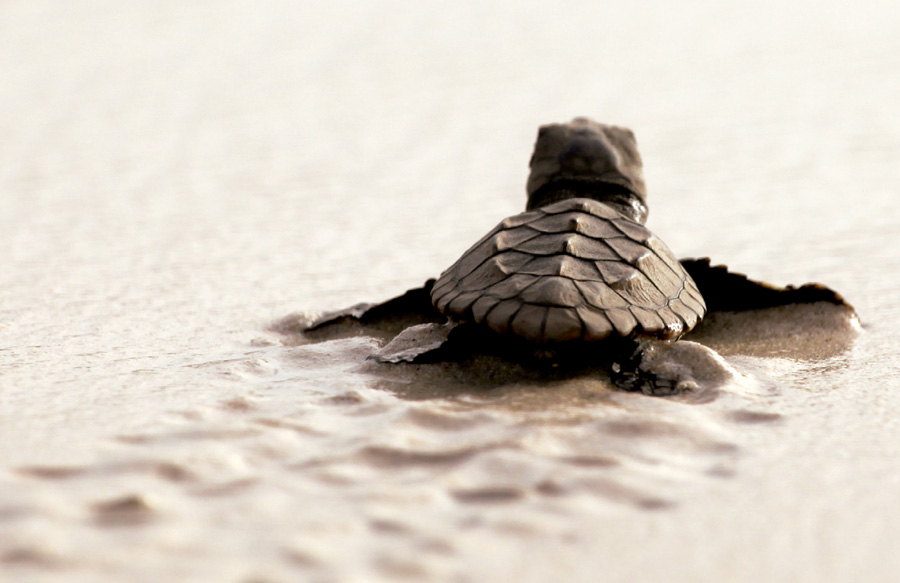
The Caretta a la vistaproject(caretta caretta is the scientific name for the loggerhead turtle), promoted by the University of Vic, aims to give tools to beach personnel and to the general public, to learn to detect the presence of these turtles and prevent that the parenting process can be hindered. Its indications are oriented, first of all, to trace detection. When a sea turtle has nested on a beach, it leaves a trail in the sand, the result of the movement with its fins, between 70 and 80 cm wide, and if the trail left is for hatchlings that have hatched from the egg and They walk to the sea, their trail will be only 3-4 cm wide. It is also possible to detect nests, although the females are very careful when camouflaging them. Thus, we can see sand removed and a hole on the side that corresponds to the area where the turtle was at the time of hiding the nest. It is also important to know that the incubation period is usually between July and August, therefore, at the height of the tourist boom of beach crowding.
In view of all this information, what the experts advise us in case of seeing female turtles on the beach, is the following: call 112, do not touch it, do not step on the trail, do not take pictures with a flash, do not dazzle us, and do not never get in front of your field of vision. If one or more hatchlings is found, the first thing to do is also to call 112, but in this case, it is recommended that they be moistened with water and put in a shady place, avoiding stress, until the technicians.
In Blanes, citizens have informative posters to know what to do in the event of sightings of turtles, hatchlings, trails or nests. In this way, with all the information provided and respecting the vital moments, we will be able to protect the precious life of this threatened species that has come to our beaches in search of a better place to make its young survive.
In order to help in the dissemination of this information, from Blanes Turisme, we provide it to you in this link:
https://www.blanescostabrava.cat/wp-content/uploads/2020/07/tractor_CATESP-1.pdf



